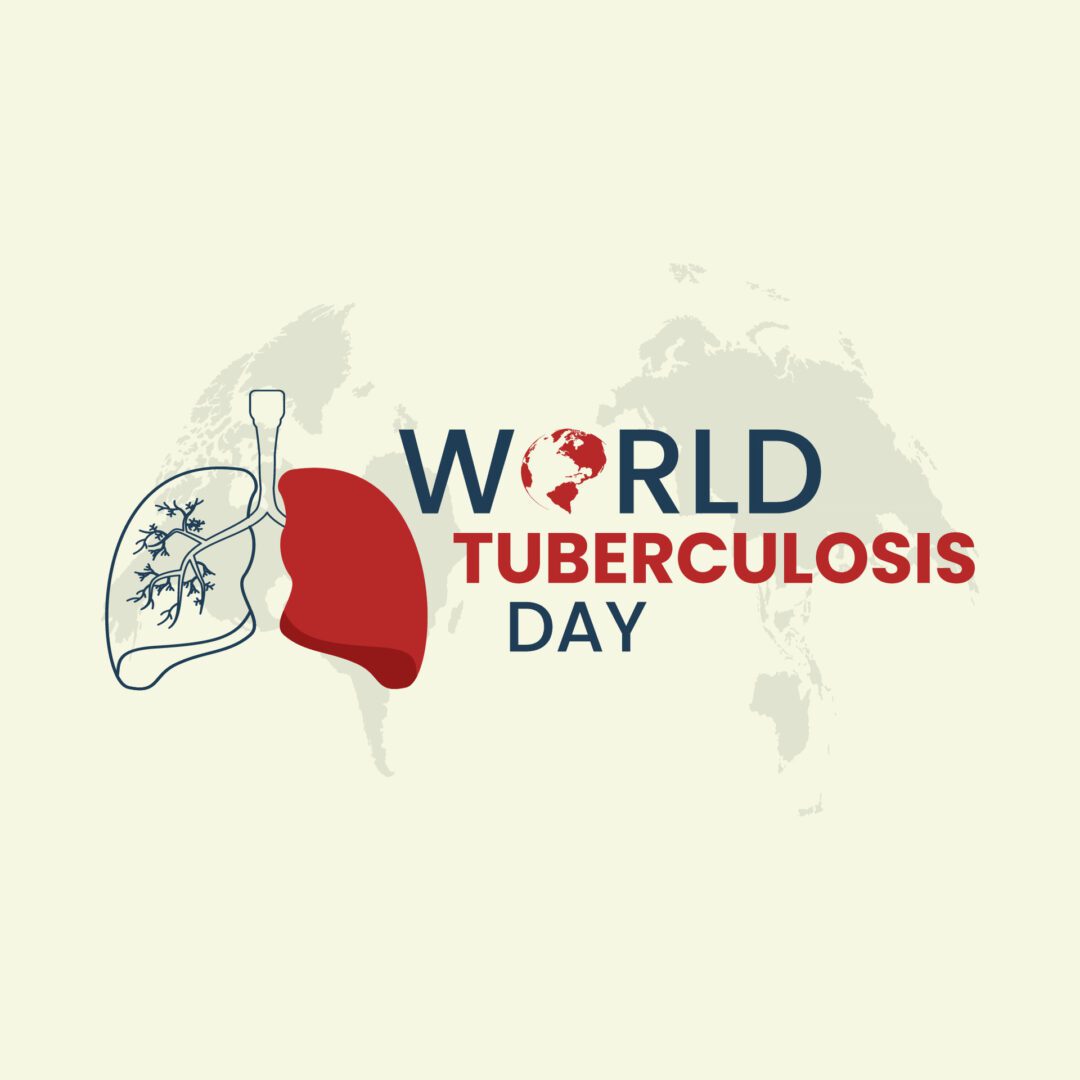Search by Color or Cause


World Tuberculosis Day is observed on March 24 each year. The objective of this awareness day is to raise public awareness and understanding about the world’s deadliest infectious killer, tuberculosis (TB). Further, it also calls attention to its devastating health, social, and economic impact on people around the world. The awareness color associated with tuberculosis is red. Wear a red silicone wristband, red fabric ribbon, or red enamel awareness pin to represent TB awareness.
Likewise, March 24 marks the day in 1882 when Dr. Robert Koch announced that he had discovered the bacterium that causes TB. In fact, this opened the way toward diagnosing and curing this disease. However, TB still claims many lives each day and close to 27,000 people fall ill with this preventable and curable disease. In addition, the emergence of drug-resistant TB poses a major health threat that could put at risk the gains made to end the global TB epidemic. For this reason, World TB Day is an opportunity to focus on the people affected by this disease and to call for accelerated action to end TB suffering and deaths.
People with latent TB infection don’t feel sick and aren’t contagious. Only a small proportion of people who get infected with TB will get TB disease and symptoms. Babies and children are at higher risk.
Unlike TB infection, when a person gets TB disease, they will have symptoms. These may be mild for many months, so it is easy to spread TB to others without knowing it.
The symptoms people get depend on where in the body TB becomes active. While TB usually affects the lungs, it also affects the kidneys, brain, spine and skin.
The World Health Organization recommends these steps to help prevent tuberculosis infection and spread:
Tuberculosis disease is treated with antibiotics. Treatment is recommended for both TB infection and disease. Tuberculosis that doesn’t respond to standard drugs is called drug-resistant TB and requires more toxic treatment with different medicines.
Drug resistance emerges when TB medicines are used inappropriately, through incorrect prescription by health care providers, poor quality drugs, or patients stopping treatment prematurely.